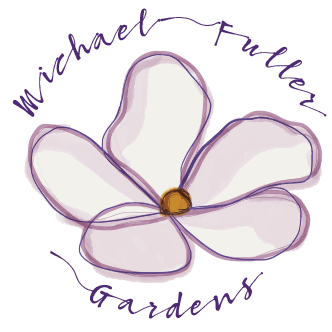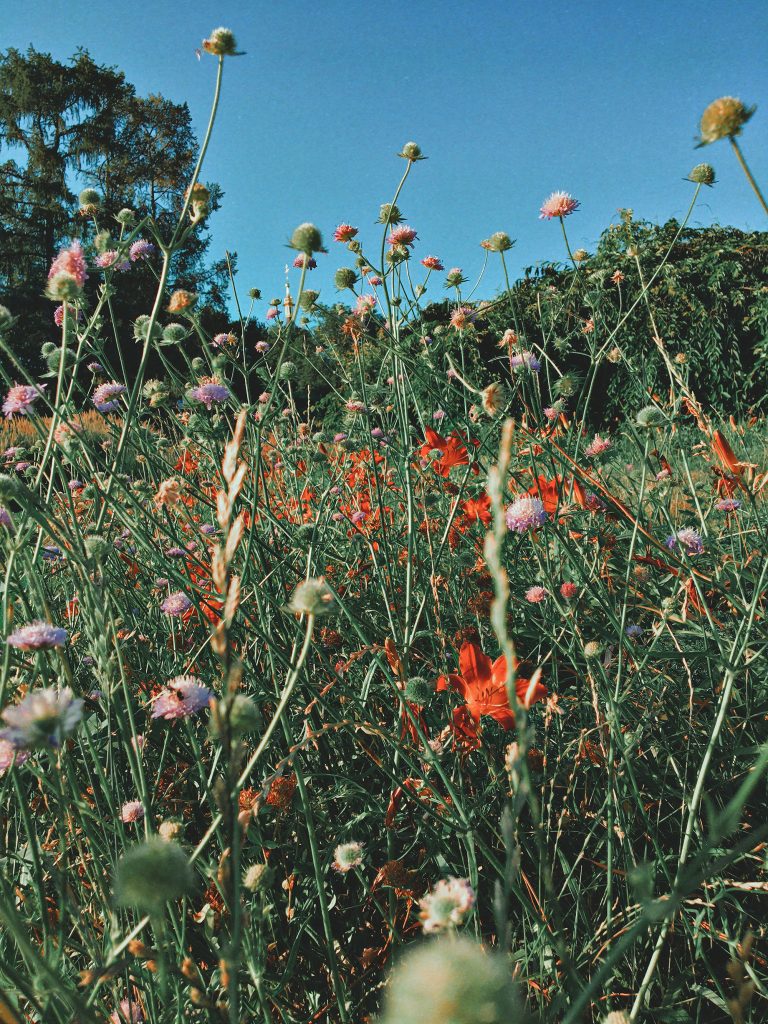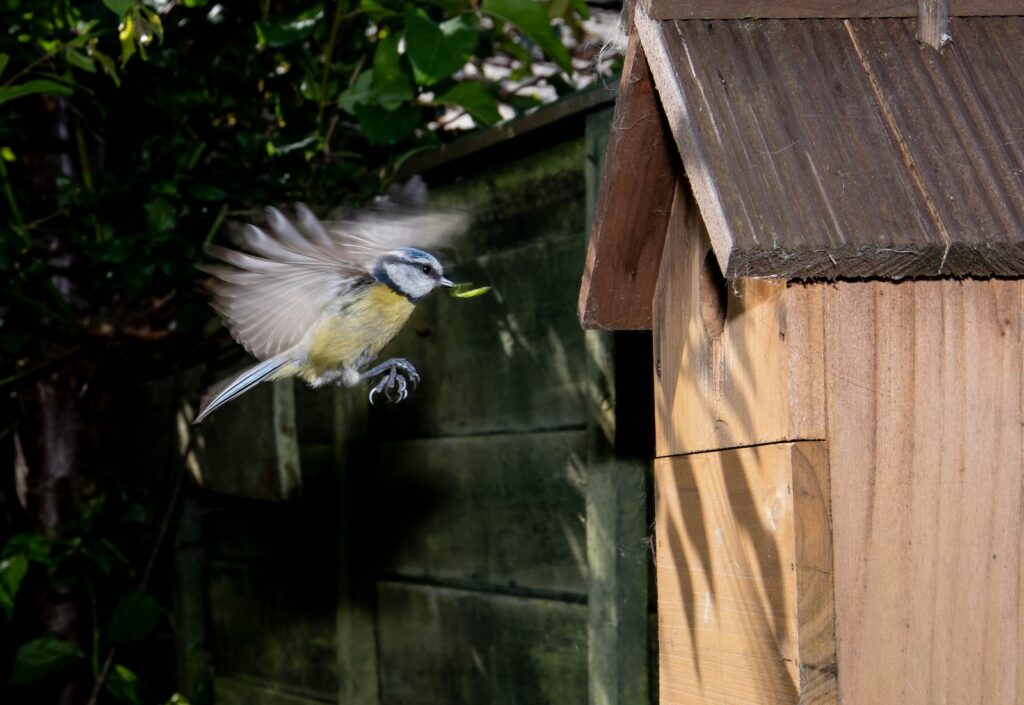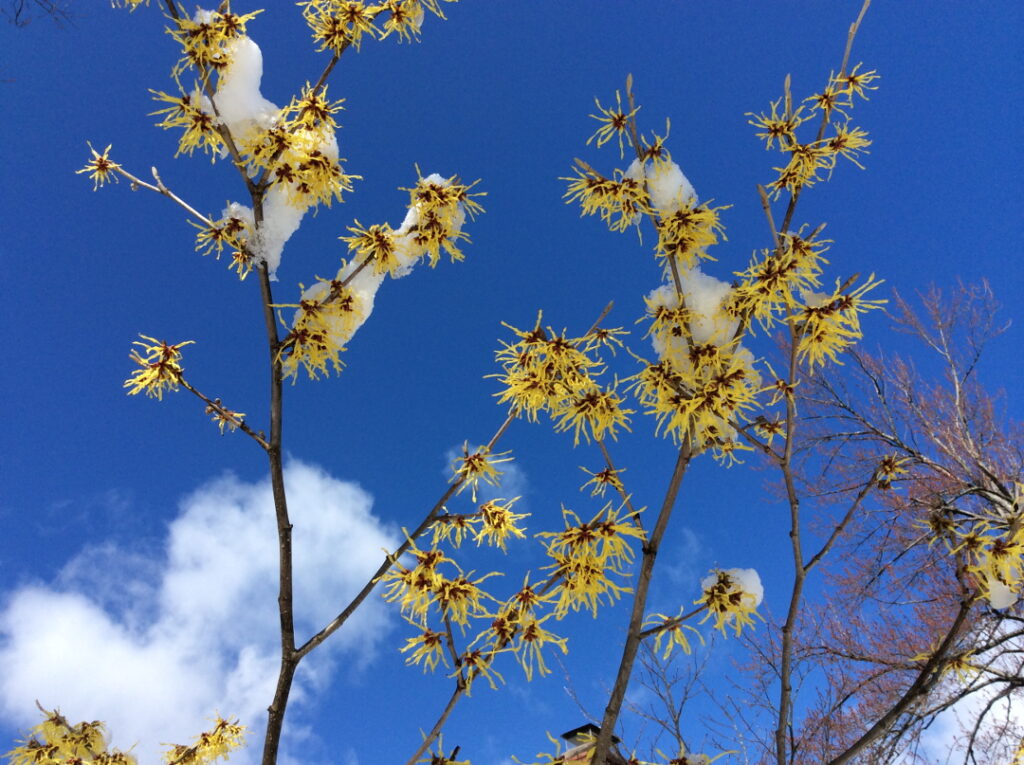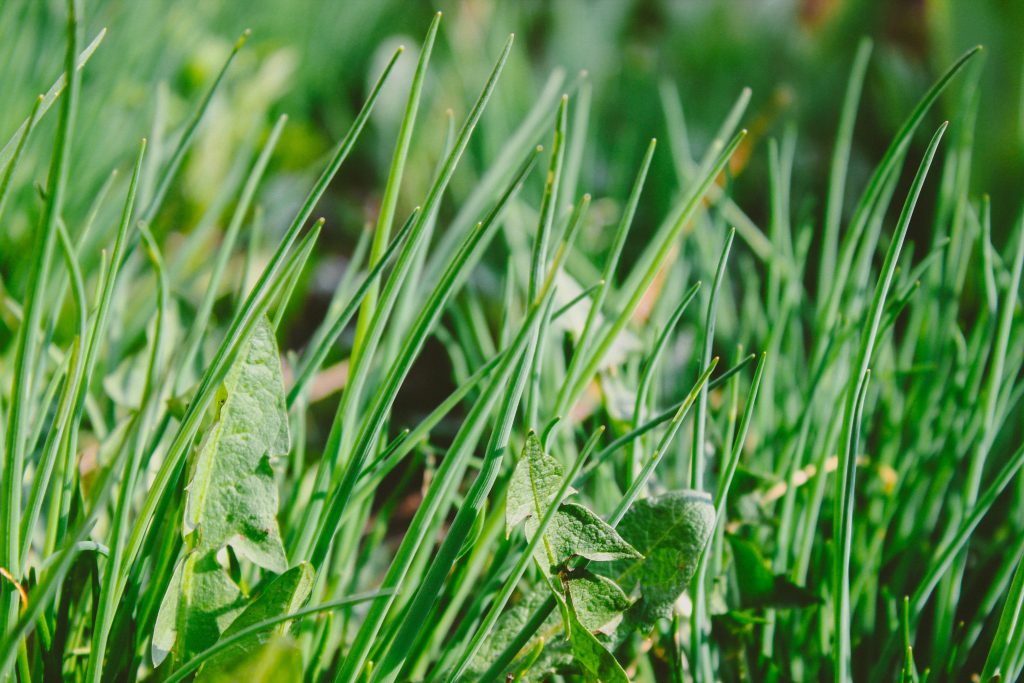Plant health – Part 2.
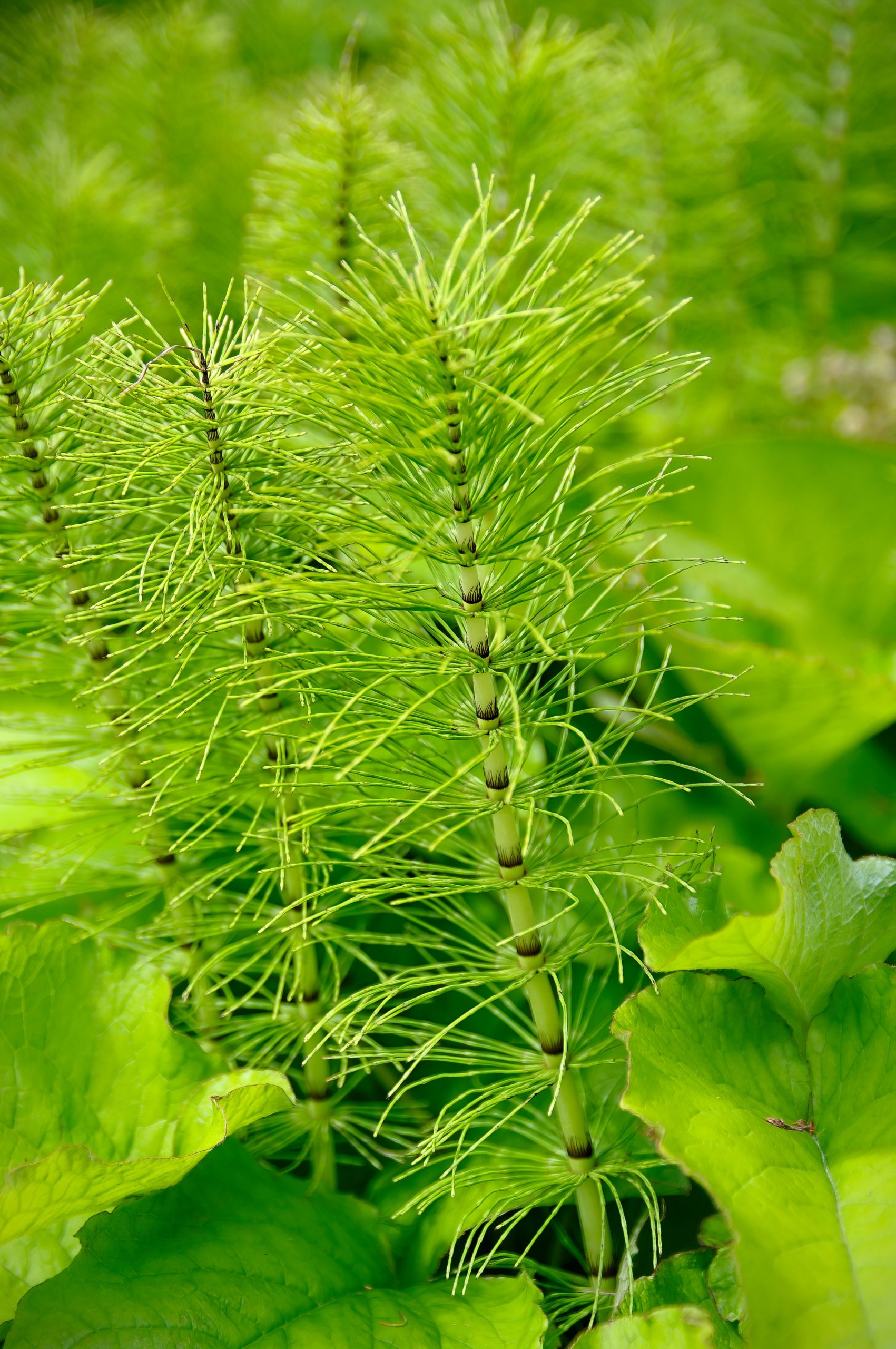
How can we help plants heal themselves?
In my last article I suggested that in my experience plants don’t get ill very much and that if they do, the first things we can offer are some simple interventions – pruning dead wood, thinning for light and air, watering and feeding the plant and the soil. Sometimes, however, further help may be required, this article will introduce the most common plant-based remedies that may help plant health, as well as an introduction to biodynamic preparations.
Whilst having extensively used biodynamic preparations I have not used many of the plant teas and liquid manures, preferring to trust in natures’ own healing processes. However, it seems to me that it is a good thing to learn more about: helping plants heal themselves. This knowledge has existed throughout the centuries, preserved carefully by the countless land-healers in all cultures around the world, who use their own local, native plants to bring health, harmony and vitality to their surroundings.
Equisetum
Equisetum (horsetail) tea can be used against mildew, which starts as a grey-blue sheen in the underside of leaves. Mildew is damaging because it draws off nutrients from the plant eventually causing the leaves and/or buds to drop off; potato and tomato blight, plus rose mildew are some of the most common types encountered in our gardens. Mildew spreads primarily under moist and warm conditions with too little air and is often found in greenhouses. Equisetum as a remedy can counter this warm moistness, the sharp crystalline forces of the horsetail, observable in their thin strong growth pattern, helps to bring balance to the moisture that caused the mildew. To make this tea, we will need to add the plant to cold water, bring to a boil and leave it to simmer for half an hour or so. To make the tea more effective include some crushed pieces of oak bark. Use a 1:10 dilution (1 part tea, 9 parts water).
Comfrey
Comfrey is probably the star of herbal remedies, not only is it beautiful, creating good ground cover and attractive to bees but it contains a multitude of nutrients including nitrogen, phosphorous, potassium, potash and calcium as well as many trace elements like boron, vital for flowering and fruit setting. Comfrey liquid manure can be used as a general feed for the soil and the plants to maintain health, it acts like a tonic, helping plants stay healthy or strengthening those who have become weak due to illness or pest attack.
To make a liquid manure add 1kg of comfrey leaves to 10 litres of rainwater and leave to ferment for 4-10 days. (I have been reliably informed that it is best to put the comfrey leaves in a net or sack to allow ease of removal, and also that it has a very pungent smell!). The resultant liquid manure can be diluted 1:10 before applying it to the soil around our plants. Diluted further (1:20) it can be used as foliar feed to reduce stress, particularly after extreme weather – drought or hailstorms, for example. This can be applied with a sprayer or watering can with a fine rose.
Nettle
Nettle is also very rich in life-giving nutrients: iron, magnesium, calcium and potassium and can be used as a preventative remedy against pests (aphids on fruit trees) and diseases (chlorosis -leaves turning yellow in stressed situations) as well as a general preventative feed to encourage vitality. To make nettle tea add the leaves to boiling water and allow to infuse for 10 minutes. Spray the cold, (diluted to 1:10) tea onto leaves of the affected plant. (NB – Adding nettle leaves, again in their own sack, to the comfrey liquid manure described above will enhance even more the health-sustaining properties of this plant tonic.
Tansy
In the book “Biodynamic Gardening” by Monty Waldin (1), Tansy (Tanacetum vulgare) is stated to be “a useful addition to the garden, it not only attracts beneficial insects but also repels pests. A strategically placed clump of fresh tansy leaves, stems and flowers can help keep ticks and fleas away from the dog basket, and mites away from bedroom linen. [….] Tansy is prepared as a cold extract: soak a couple of heaped handfuls of chopped leaves in 1 litre of cold rainwater for 2 days, and then strain and spray without diluting.” This extract is useful against rust and mildew, also against whitefly on brassicas and codling moth on ripening fruit. I have never used this remedy and in fact, I don’t know the plant that well, but it sounds like a really helpful remedy which I will look into.
Biodynamic preparations
In the Forest Row area, Tablehurst and Plaw Hatch Farm, Emerson Garden, Brambletye Fruit Farm and Orchard Eggs are some of the hundreds of farms, smallholdings and gardens in Britain that follow biodynamic principles. Biodynamics is a fully holistic approach to gardening and farming – taking in everything from the smallest microbe in the soil to the furthest constellation in the night sky. Biodynamic land-workers see themselves as partners with the soil and their plants and animals, and by using carefully developed preparations they work with and enhance the natural health regulation properties inherent in all living organisms.
‘Horn manure’ and ‘horn silica’
These are the two core preparations, made from cow manure and ground silica respectively. I spray them just three times a year: ‘horn manure’ in Spring and Autumn, and ‘horn silica’ in early Summer, which could be seen as a basic minimum. Other growers and farmers carry out more sprays throughout the year and use a variety of timings and combinations to achieve specific results, but this is outside the scope of this article.
Horn manure’ sprayed onto the soil in the afternoon, stimulates soil vitality and encourages plants to connect with the specific conditions of their growing site, a simple way of strengthening plants’ own natural resilience. It also encourages deeper rooting systems, increased earthworm activity and better retention of soil moisture, all qualities advantageous to plant health.
’Horn silica’ sprayed in the early morning, directly onto the leaves of growing plants enhances the qualities of growth and maturation, bringing a warming element to the garden and helping to stabilise and balance plant metabolism, again all advantageous to helping a plant stay healthy. (It can be applied later in the year too to food crops to aid plant ripening and increase nutritive value).
Compost preparations
Made from six native plants (yarrow, nettle, chamomile, dandelion, oak bark and valerian) these are used to treat compost heaps; their purpose is to regulate the many organic processes taking place within an active heap. Each preparation has its own unique function in relation to the various soil nutrient processes and once the compost is spread on flower or vegetable beds it brings balance, resilience and life to plants, again ultimately helping them help themselves.
In my experience, using the two sprays and the compost preparations over a number of years, brings a subtle and growing feeling of ‘self-sufficient’ health to a garden, as if the plants are able to find the ‘key’ to themselves and to their environment. It does not happen overnight, patience is required, but it is a very rewarding and inspiring co-creative experience to see plants growing healthily and in tune with nature both outwardly and inwardly. Additionally, I suspect that using the teas and liquid manures described above, alongside the biodynamic preparations will have an even more beneficial effect, something I will definitely experiment within the coming years.
For further information on biodynamic gardening, including purchasing and using the preparations see the Biodynamic Association’s website: www.biodynamic.org.uk
(1) Biodynamic Gardening, Monty Walden. Dorling Kindersley, 2015

